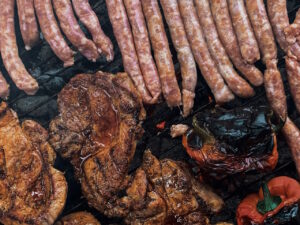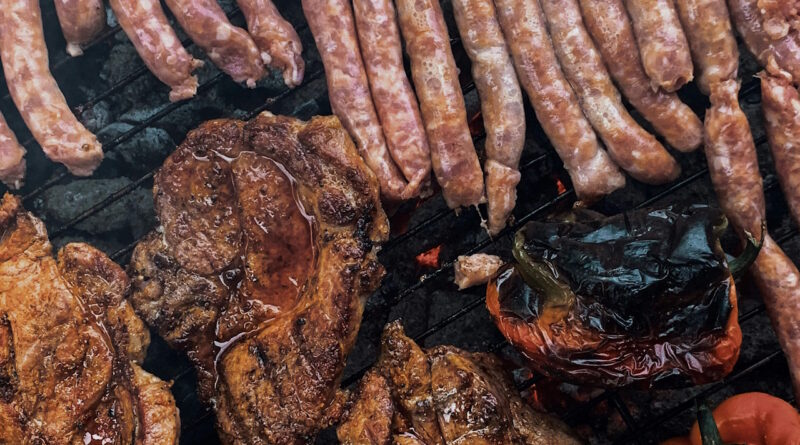Self-Preservation
by Rob English
 One day in 1976, a chemistry teacher in Maine unwrapped a package of two “Twinkie” snack cakes (“Submarinos” to some Spanish speakers) in front of his class. He ate one, and placed the other on top of his chalk board as an experimental lesson to see how long it would take for mold to dissolve the cake.
One day in 1976, a chemistry teacher in Maine unwrapped a package of two “Twinkie” snack cakes (“Submarinos” to some Spanish speakers) in front of his class. He ate one, and placed the other on top of his chalk board as an experimental lesson to see how long it would take for mold to dissolve the cake.
Thirty-five years later a reporter interviewed the school’s dean of students and found the apparently still-healthy twinkie in her office! It had turned a little brown since it was opened, she said; and she would know: she was a student in the chemistry class the day of the experiment. These days, according to Twinkies’ manufacturer, the cakes have a shelf life of seven to ten days.
So, what’s up with modern food preservation, and how does it affect our human preservation?
A great call has arisen by online medical experts and researchers advising us to avoid heavily processed foods, such as those that have good things removed, or which have had problematic things added.
Consider white flour. To extend the shelf-life of products made from grains, manufacturers may reduce the grain to its flour, meaning that they remove and discard the healthy, fibrous bran of the grain, and also the nutritious germ. This leaves only the starch – strings of glucose, sugars that should be consumed in small doses to avoid dreaded insulin resistance and potential diabetes.
Fruits are considered super healthy if not covered with water resistant pesticides. Wash well, or buy organic.
Well defined “Processed” meats, such as sausages, bacon, salami and bologna can be preserved with nitrites or butylated hydroxytoluene, and are considered dangerous to eat in large amounts (some say small amounts can be dangerous).
And “regular meats? The Healthy Home Economist explains, “Once meat becomes exposed to air, oxidation begins which gradually turns the red color of the meat to a more unappetizing brown or grey color within just a few days. Gassing beef with carbon monoxide keeps it looking artificially fresh for up to a full year!… Europe banned this practice many years ago because it was deemed unsafe! Japan and Canada have banned carbon monoxide as a color stabilizer in meat and fish as well.” And grill with caution: high temperature cooking of proteins such as steaks can cause dangerous chemicals such as heterocyclic amines (HCAs) and polycyclic aromatic hydrocarbons (PAHs) to develop in or on the meat as it cooks.
red color of the meat to a more unappetizing brown or grey color within just a few days. Gassing beef with carbon monoxide keeps it looking artificially fresh for up to a full year!… Europe banned this practice many years ago because it was deemed unsafe! Japan and Canada have banned carbon monoxide as a color stabilizer in meat and fish as well.” And grill with caution: high temperature cooking of proteins such as steaks can cause dangerous chemicals such as heterocyclic amines (HCAs) and polycyclic aromatic hydrocarbons (PAHs) to develop in or on the meat as it cooks.
So, eat what you like, but have some thought toward Self-preservation. Next month I’ll add another class of preservation that you may want to consider. – Rob
Image credits: Photo of roasting meat and sausage by Diana and photo of fruit and vegetables by Cristiano Junior from pexels.com
PS – Sources for this article are available for the asking. R.E.
Rob English is a member of People for Animal Rights, a grassroots organization in Central New York,
Contact People for Animal Rights
PO Box # 401,
Cleveland, NY 13042
peopleforanimalrightsofcny@gmail.com
https://parcny.org/


